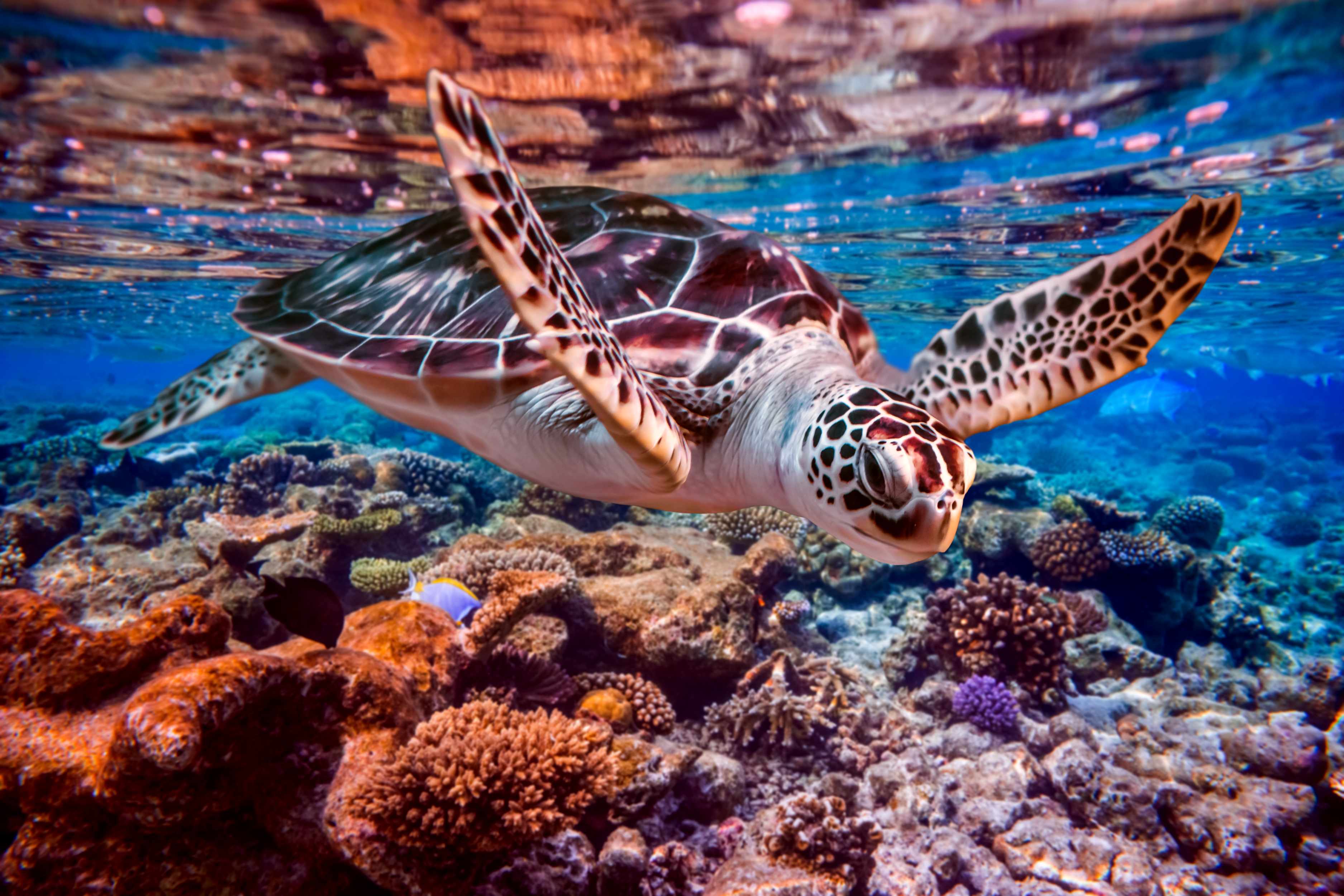10 Incredibly Smart Animals You’ve Probably Never Thought Of
The animal kingdom is a realm of endless fascination and diversity in the vast tapestry of life on Earth. While the majesty of lions and the grace of dolphins often capture our imaginations, there exists a cadre of lesser-known creatures whose intellectual feats rival, and sometimes surpass, those of more celebrated species. These unsung geniuses of nature possess abilities that defy conventional understanding, demonstrating remarkable adaptations that allow them to thrive in their environments. From the problem-solving prowess of crows to the architectural acumen of beavers, the animal world is teeming with intelligence that often goes unnoticed. This exploration delves into the top 10 animal insights you won't believe, shedding light on the extraordinary capabilities of these creatures and inviting a deeper appreciation for the subtle genius of nature. Each section will unravel a unique aspect of animal intelligence, revealing the surprising ways in which these beings navigate their worlds and interact with their surroundings. Join us on this journey to meet nature's little-known geniuses, and prepare to be astonished by the unexpected brilliance that exists within the animal kingdom.
1. The Ingenious Problem-Solvers - Crows and Ravens
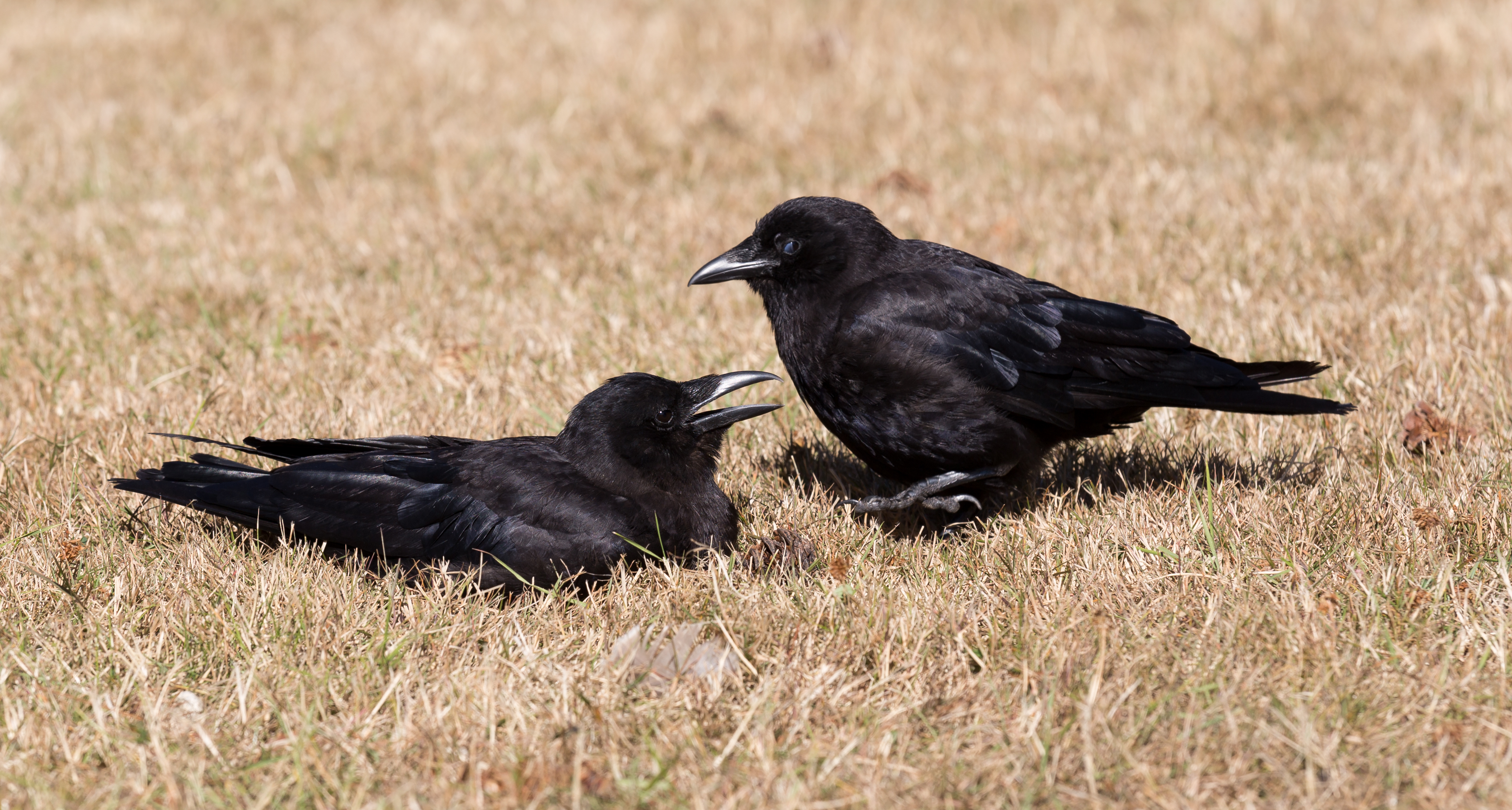
Crows and ravens, often considered harbingers of mystery in folklore, are among the most intelligent birds on the planet. These members of the corvid family exhibit problem-solving skills that rival those of primates. In various studies, crows have demonstrated the ability to use tools, a trait once considered unique to humans and a few other primates. They can bend wires into hooks to retrieve food from hard-to-reach places, showcasing an understanding of cause and effect that is remarkable for a bird. Ravens, their larger cousins, display similar intelligence, often engaging in complex social behaviors and exhibiting playfulness that suggests a deep cognitive capacity. These birds are not just solitary geniuses; they also excel in social intelligence. Crows have been observed participating in funerals, gathering around their deceased to mourn, which indicates an understanding of death and social bonds. They can also recognize human faces and remember those who have wronged them, passing this information down through generations, a testament to their memory and learning capabilities. As we delve into the world of crows and ravens, it becomes evident that their intelligence is not only a tool for survival but also a foundation for complex social structures and cultural transmission.
2. The Master Architects - Beavers and Their Ecosystems
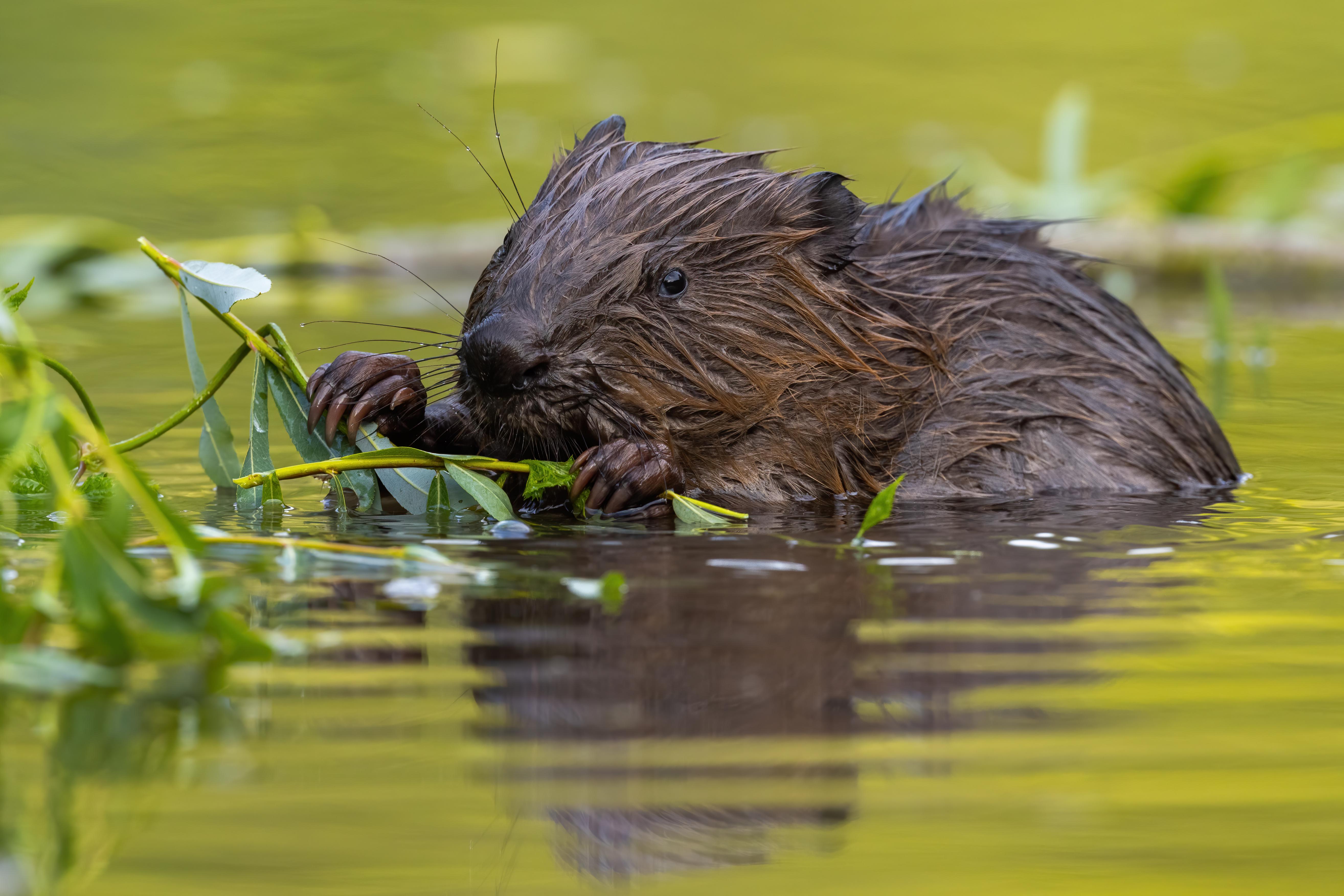
Beavers are nature's engineers, creating intricate ecosystems with their dam-building activities. These industrious rodents possess an innate understanding of hydrodynamics and environmental engineering, allowing them to transform landscapes in ways that benefit many species. By constructing dams across streams, beavers create wetlands that provide diverse flora and fauna. This ability to manipulate their environment demonstrates a level of foresight and planning rare in the animal kingdom. The impact of beaver activity extends beyond mere construction. Their dams help to regulate water flow, reduce erosion, and improve water quality, showcasing an ecological intelligence that benefits entire ecosystems. Beavers also exhibit familial intelligence, working in close-knit family units to maintain and expand their habitats. This cooperative behavior ensures their young's survival and their constructions' longevity. As we explore the world of beavers, we gain insight into how their architectural genius shapes their own lives and enhances biodiversity and ecological health.
3. The Navigational Experts - Homing Pigeons
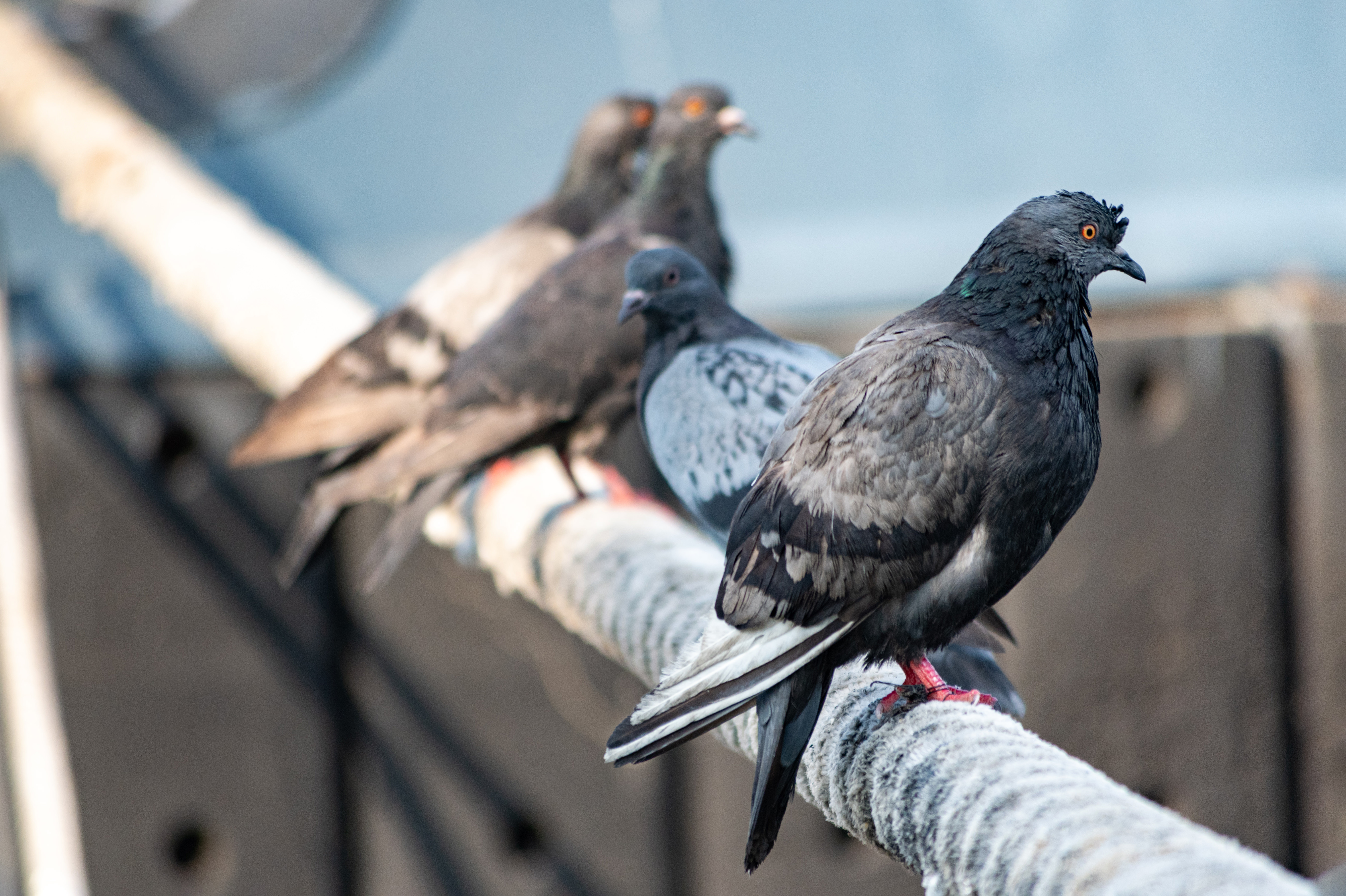
Homing pigeons are renowned for their extraordinary navigational abilities, a skill that has fascinated humans for centuries. These birds can find their way home over vast distances, using a combination of environmental cues, such as the Earth's magnetic field, sun position, and olfactory signals. Their ability to navigate accurately across unfamiliar terrain is a testament to their spatial intelligence and sensory perception. Research has shown that homing pigeons possess a highly developed hippocampus, the brain region associated with navigation and memory. This adaptation allows them to create mental maps of their environment, enabling them to return to their lofts with remarkable precision. Beyond their navigational prowess, pigeons also exhibit social intelligence, capable of recognizing individual humans and forming strong pair bonds. Their navigation and social interaction skills highlight the complexity of their cognitive abilities, challenging our understanding of avian intelligence and offering insights into the evolution of navigation in animals.
4. The Linguistic Communicators - Parrots

Parrots are celebrated for mimicking human speech, but their linguistic capabilities extend beyond simple mimicry. These colorful birds possess a sophisticated understanding of language, capable of learning the meanings of words and using them in context. Studies with African grey parrots, such as the famous Alex, have demonstrated their ability to understand concepts like color, shape, and number, showcasing a level of cognitive processing akin to that of young children. Parrots also exhibit social intelligence, forming complex social hierarchies and engaging in cooperative behaviors. Their vocalizations are not just for mimicry; they communicate within their flocks, conveying information about food sources, danger, and social interactions. This linguistic dexterity highlights the importance of communication in their survival and social structure. As we delve into the world of parrots, we uncover a rich tapestry of intelligence that challenges our perceptions of animal communication and cognition.
5. The Cooperative Hunters - Dolphins
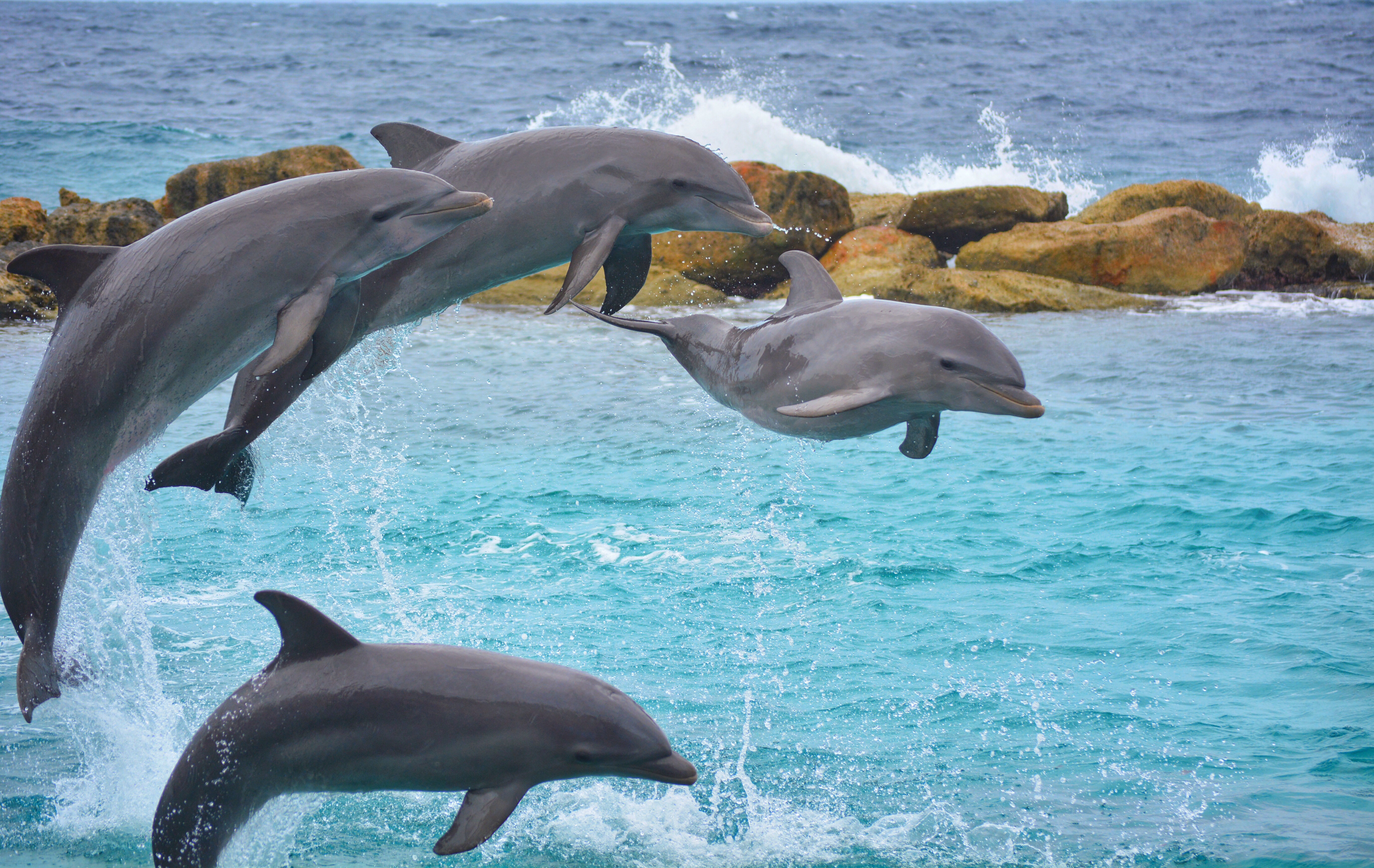
Dolphins are renowned for their intelligence and social complexity, often regarded as the ocean's most intelligent inhabitants. These marine mammals exhibit sophisticated hunting strategies, working cooperatively to herd fish into tight balls for easier capture. This level of teamwork requires communication and coordination, showcasing their ability to plan and execute complex tasks. Beyond their hunting prowess, dolphins display a range of social behaviors that indicate high cognitive abilities. They engage in play, exhibit empathy, and have been observed using tools, such as sponges, to protect their snouts while foraging. Their sophisticated vocalizations, including clicks and whistles, serve as a language that facilitates social bonding and coordination. Dolphins' intelligence is not only a tool for survival but also a foundation for complex social structures and cultural transmission. Their cooperative nature and social intelligence offer a glimpse into the cognitive capabilities of marine life and the importance of social bonds in the animal kingdom.
6. The Mathematical Marvels - Ants
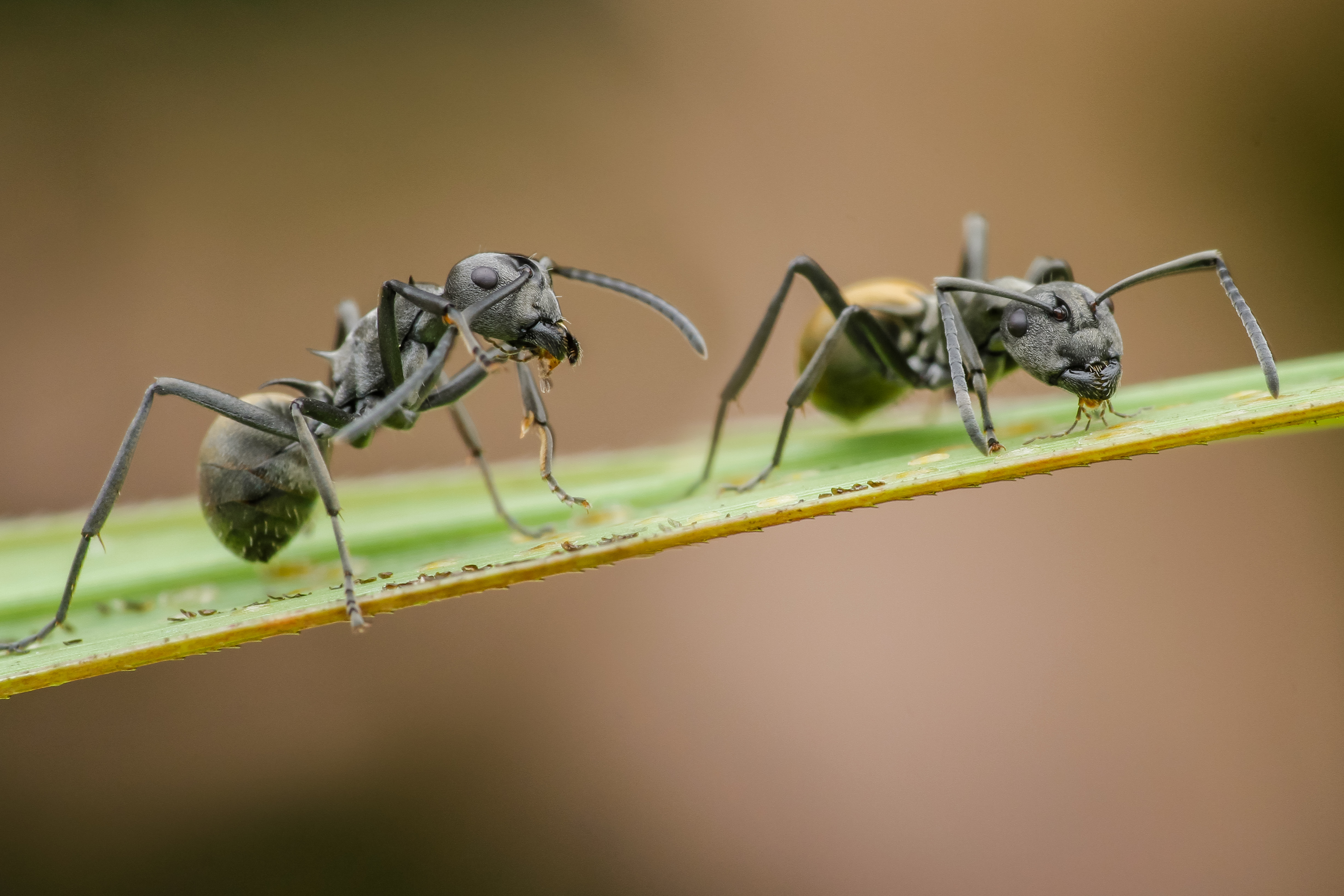
Ants may be small, but their collective intelligence is nothing short of extraordinary. These social insects exhibit remarkable mathematical abilities, particularly in their foraging and navigation strategies. Ants use a method known as trail pheromone laying, where they deposit chemical signals along their paths to communicate with their colony members. This behavior allows them to optimize foraging routes, effectively solving complex mathematical problems like the traveling salesman problem, which involves finding the shortest route between multiple points. The organizational prowess of ants extends beyond foraging. Within their colonies, ants demonstrate division of labor, with different castes specializing in tasks such as brood care, foraging, and defense. This social structure is maintained through sophisticated communication and cooperation, highlighting their ability to function as a cohesive unit. As we explore the world of ants, we gain insight into how their collective intelligence and mathematical abilities contribute to their success as one of Earth's most widespread and adaptable groups of insects.
7. The Emotional Empaths - Elephants
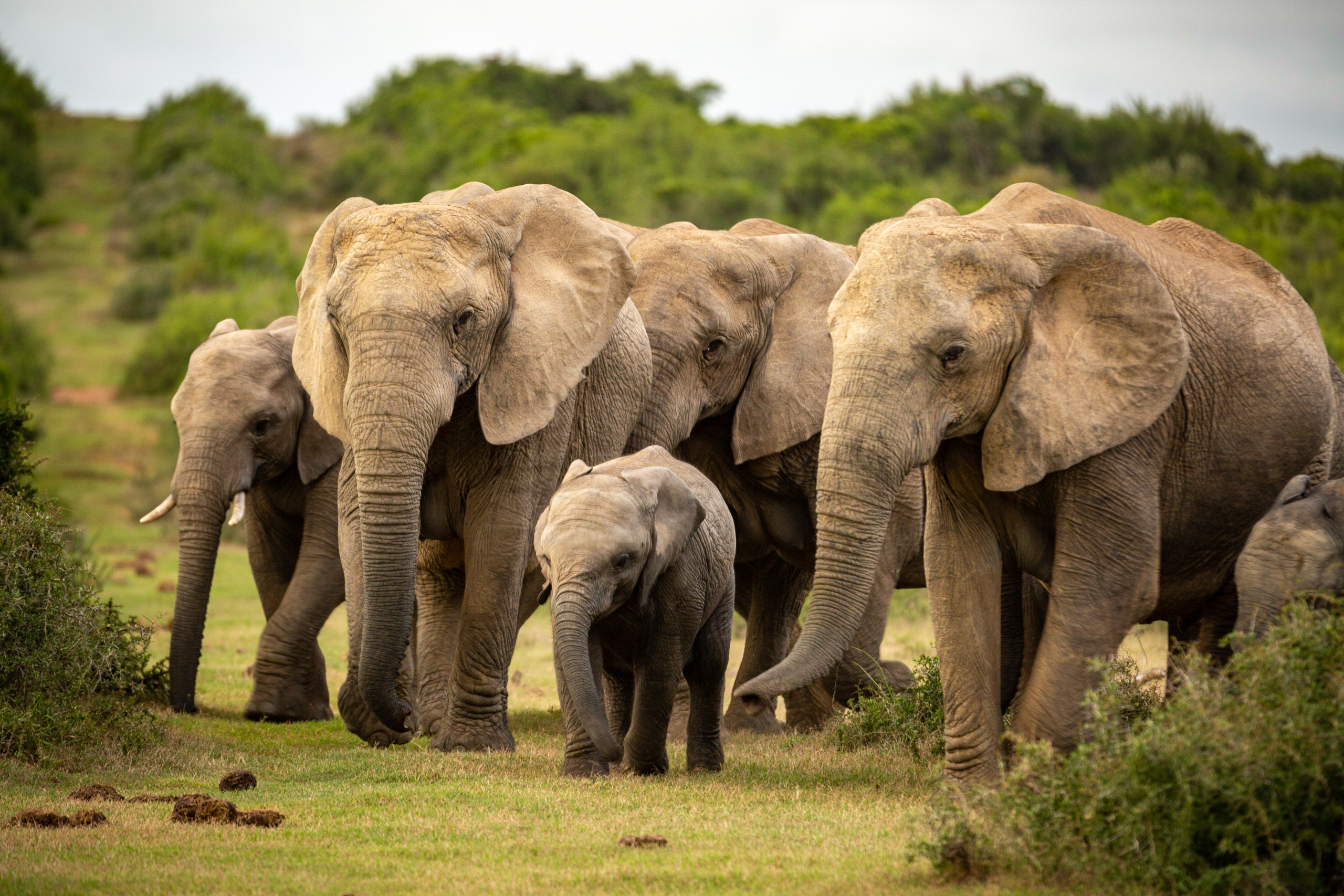
Elephants are often regarded as the gentle giants of the animal kingdom, known for their intelligence and deep emotional capacity. These majestic creatures exhibit empathy, a rare trait in the animal world. Elephants have been observed comforting distressed individuals, mourning their dead, and even recognizing themselves in mirrors, a sign of self-awareness. Their social intelligence complements their emotional intelligence. Elephants live in complex social structures, led by matriarchs who guide their herds with wisdom passed down through generations. Their ability to communicate over long distances using low-frequency rumbles allows them to maintain social bonds and coordinate movements across vast landscapes. The emotional and social intelligence of elephants offers a profound glimpse into the depth of animal cognition and the importance of empathy and social bonds in their lives.
8. The Crafty Escape Artists - Octopuses
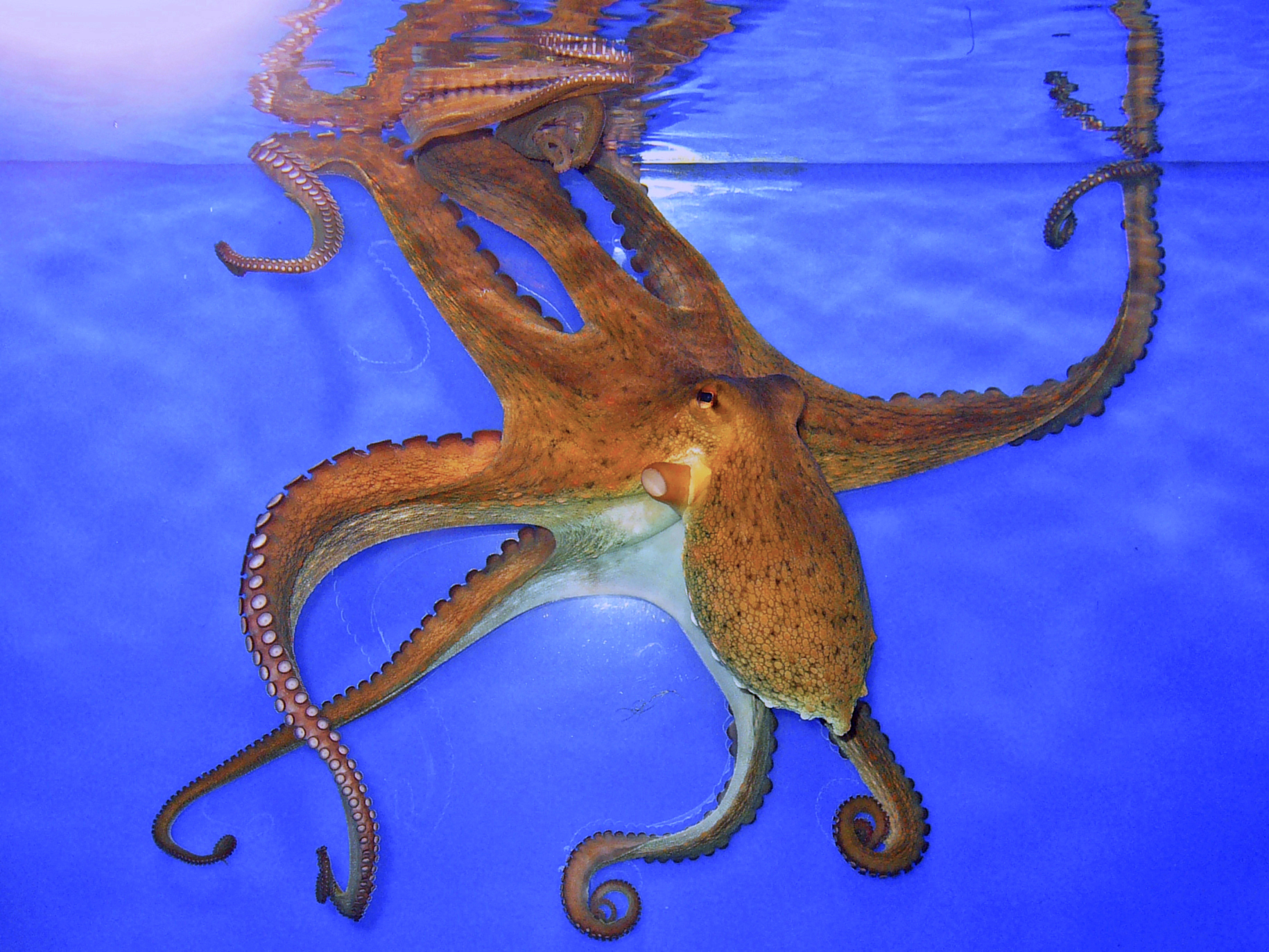
Octopuses are the enigmatic escape artists of the sea, renowned for their problem-solving abilities and dexterity. These cephalopods possess unique intelligence, characterized by their ability to manipulate objects, solve puzzles, and escape from enclosures. Their flexible bodies and highly developed nervous systems allow them to explore their environments with curiosity and ingenuity. Beyond their physical prowess, octopuses exhibit a form of distributed intelligence, with a significant portion of their neurons located in their arms. This allows them to process information and decide independently of their central brain. Their ability to learn from experience and adapt to new challenges highlights their cognitive flexibility. As we delve into the world of octopuses, we uncover a form of intelligence that challenges traditional notions of cognition and offers insights into the evolution of problem-solving in the animal kingdom.
9. The Strategic Planners - Wolves
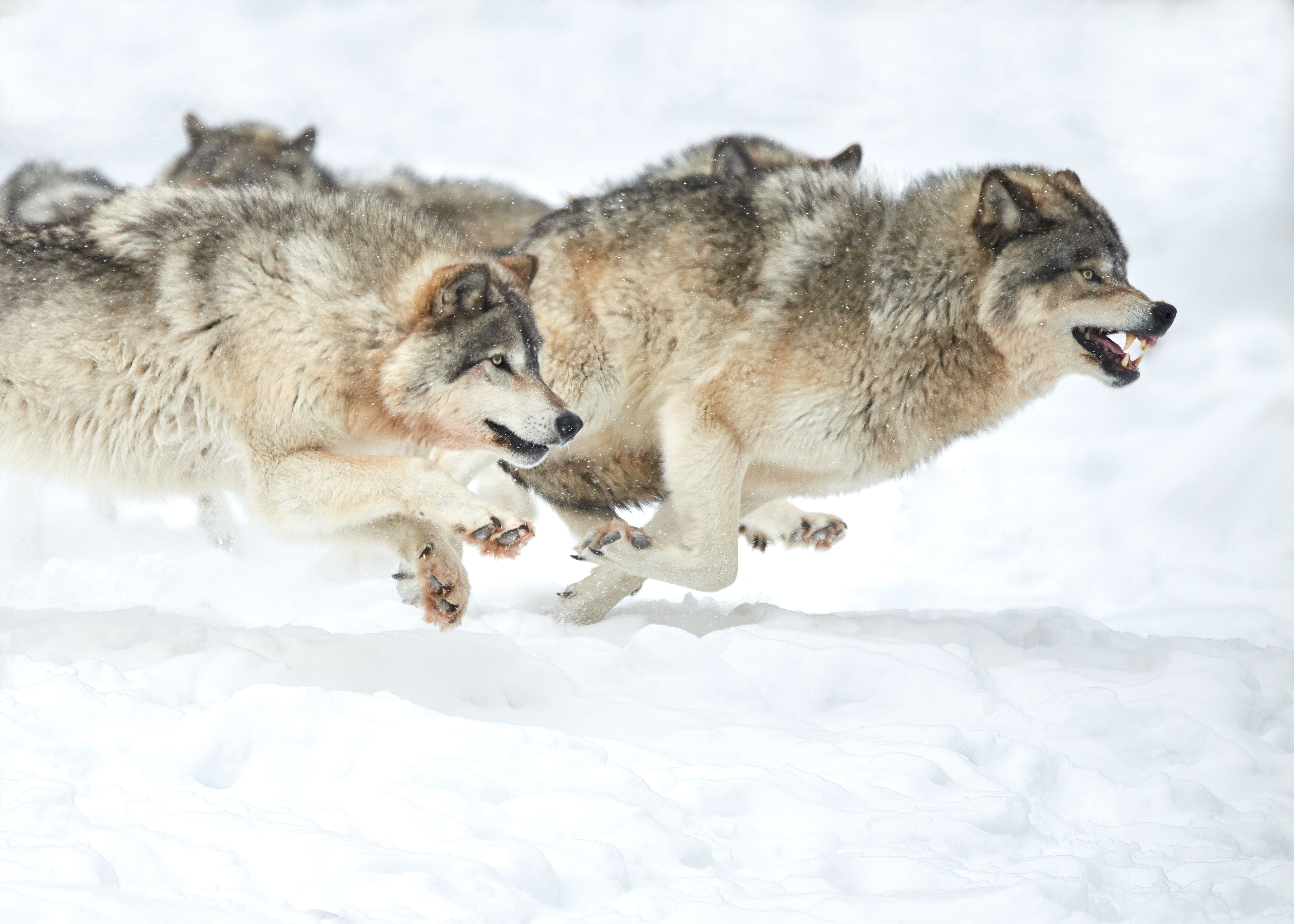
Wolves are the epitome of strategic planning and cooperation in the animal kingdom. These social predators exhibit complex hunting strategies, working together to take down prey much larger than themselves. Their ability to communicate and coordinate during hunts demonstrates intelligence essential for survival in the wild. The social structure of wolf packs is another testament to their intelligence. Led by an alpha pair, packs are organized hierarchically, with each member playing a specific role. This social organization is maintained through communication and cooperation, allowing wolves to thrive in diverse environments. Their strategic planning and social intelligence offer a glimpse into the complexity of animal societies and the importance of cooperation in the natural world.
10. The Ingenious Builders - Termites
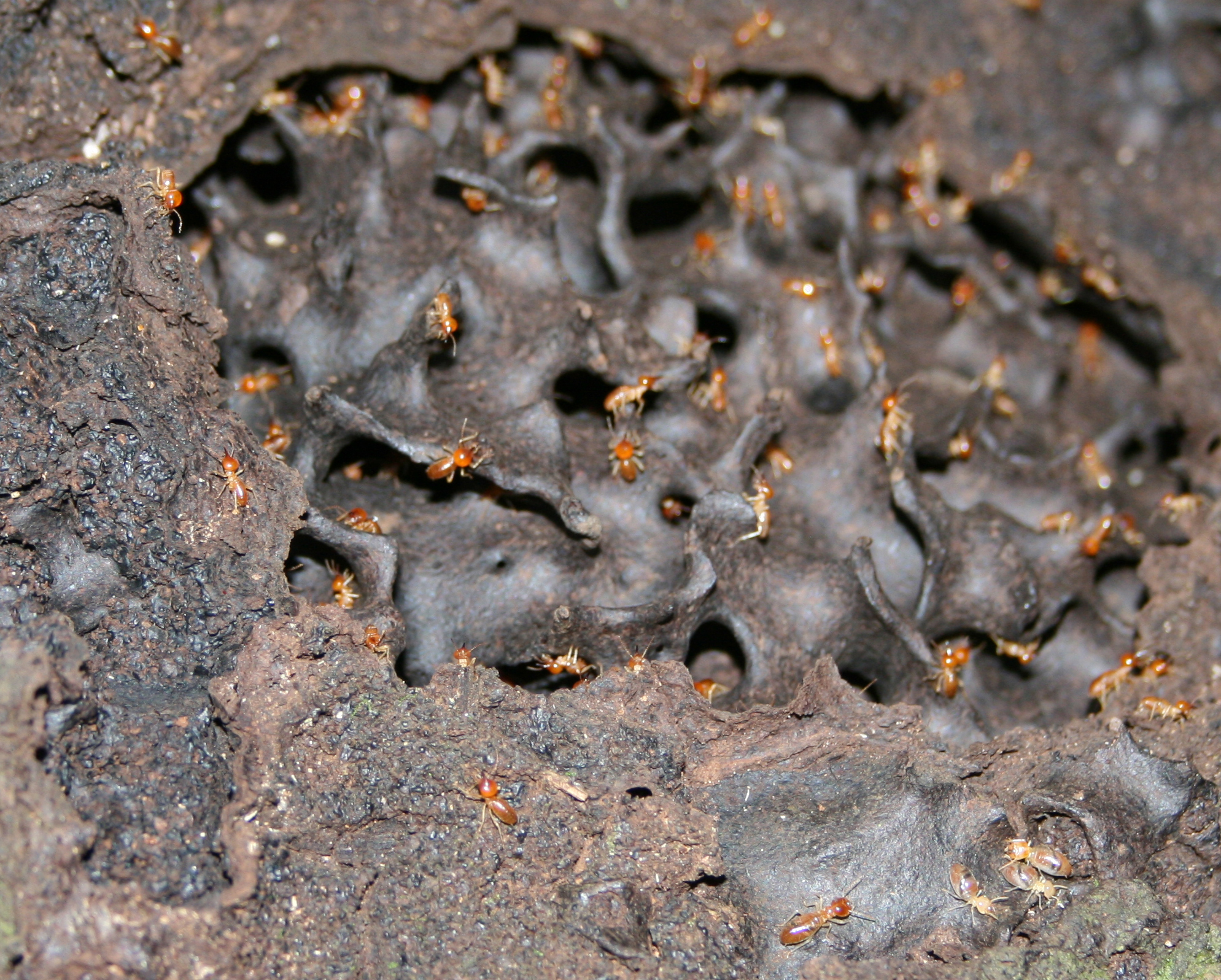
Termites are often seen as pests, but their architectural feats are genius. These insects construct elaborate mounds that serve as homes for their colonies, showcasing an understanding of engineering and thermodynamics. Termite mounds have ventilation systems that regulate temperature and humidity, creating a stable environment for their inhabitants. The construction of these mounds requires cooperation and communication, with workers and soldiers performing specialized roles. This division of labor is maintained through chemical signals and social interactions, highlighting the collective intelligence of termite colonies. As we explore the world of termites, we gain insight into how their architectural genius contributes to their success as one of Earth's most resilient and adaptable groups of insects.
As we conclude our exploration of nature's little-known geniuses, we are left with a profound appreciation for the diversity and complexity of animal intelligence. From the problem-solving crows to the strategic wolves, each species offers a unique insight into the capabilities of the animal kingdom. These creatures challenge our understanding of intelligence, demonstrating that it is not confined to humans but is a widespread and varied trait found throughout the natural world. The insights gained from studying these animals enhance our appreciation for the natural world and offer valuable lessons in cooperation, communication, and adaptation. As we continue to explore and learn from these remarkable beings, we are reminded of the intricate web of life that connects us all and the importance of preserving the habitats and ecosystems that support these extraordinary creatures. Let us celebrate the genius of nature and strive to protect the wondrous diversity of life on our planet.




